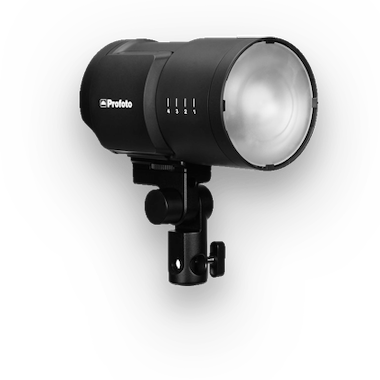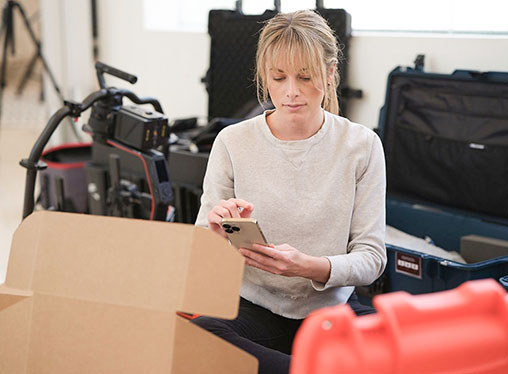Get 20% your first rental with promo code BLOG20

Cameras
Mirrorless, Medium
Format and more.

Lenses
Anamorphic, Cinema,
Wide Angle and more.

Lighting
Aputure, Manfrotto,
Profoto and more.

BorrowLenses is an online camera gear rental service that started in the San Francisco Bay Area in 2007. We offer a wide selection of camera gear ranging from camera bodies, lenses, lighting and accessories. We make it easy to rent gear by shipping your order straight to you.
